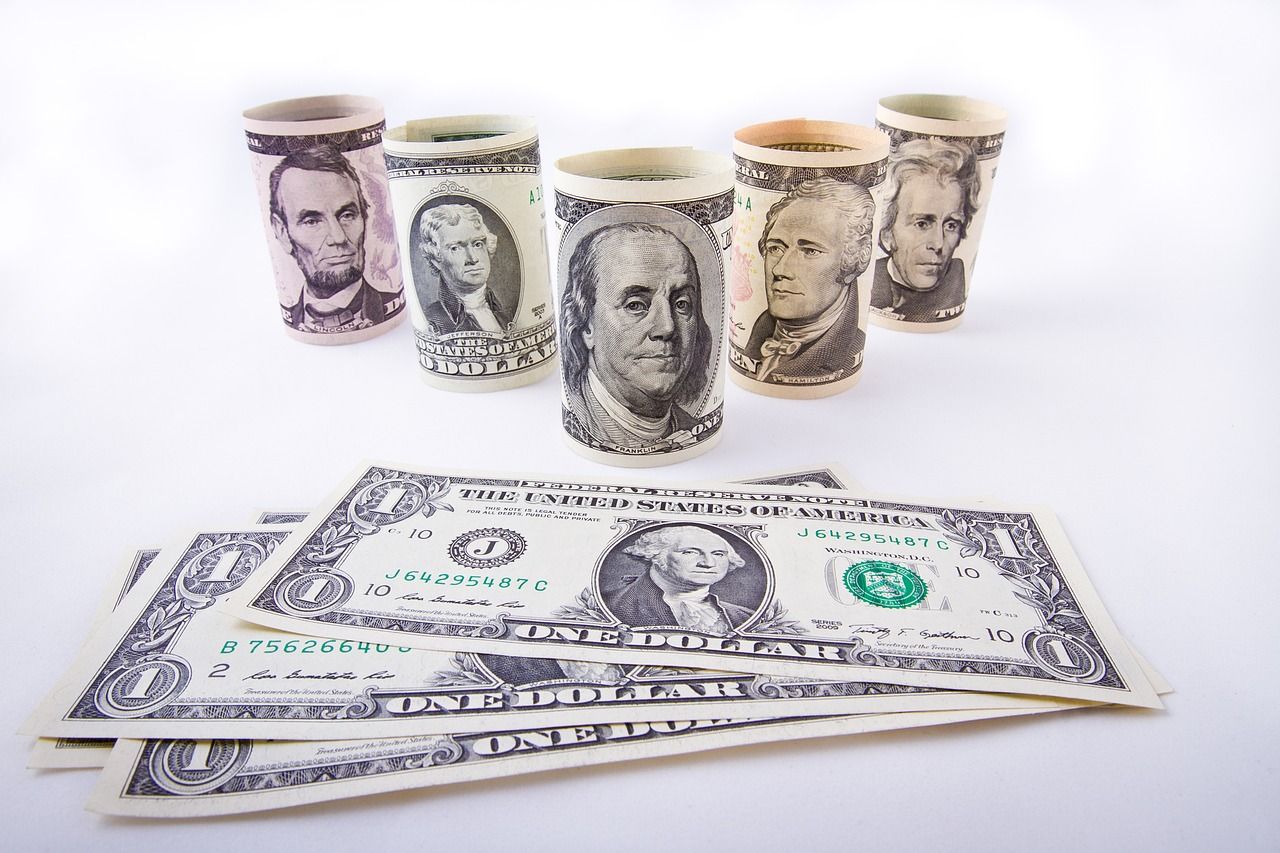The Federal Reserve: Modern Money Mechanics

The Federal Reserve, also known as the Fed, is the central banking system of the United States. It was created in 1913 with the passage of the Federal Reserve Act, which aimed to establish a more stable and flexible monetary and financial system. The Fed is made up of 12 regional banks, each serving a specific geographic region and a central board of governors based in Washington, D.C. The Fed's primary responsibilities include implementing monetary policy, regulating banks, and providing financial services to the government.
One of the key ways the Fed carries out its responsibilities is its ability to control the money supply. It does this by buying and selling government securities on the open market, a process known as open market operations. When the Fed buys securities, it increases the money supply by adding new funds to the banking system. When it sells securities, it reduces the money supply by removing funds from the banking system.
Another essential function of the Fed is to act as a "lender of last resort" to banks in times of financial crisis. This means that it can provide loans to banks that are having trouble meeting the demands of their depositors. This helps to prevent bank runs and maintain stability in the banking system.
The Federal Reserve (Fed) has several tools at its disposal to fight inflation, including quantitative tightening (QT), interest rate hikes, and quantitative easing (QE). QT is the process of reducing the money supply by selling government securities, which can help to slow down economic growth and lower inflation. Interest rate hikes, also known as monetary tightening, involve raising the interest rate at which banks can borrow money from the Fed, which can also help slow down economic growth and reduce inflation. On the other hand, QE is a monetary policy tool used to stimulate economic growth by increasing the money supply. The Fed does this by purchasing government securities from banks, which can help lower interest rates and increase credit availability. The Fed uses a combination of these tools to control inflation, depending on the current economic conditions.
The Fed also plays a role in the regulation of banks. It sets rules and regulations that banks must follow to maintain their charter and operate as a bank. The Fed also examines banks to ensure they are following these rules and regulations.
The Federal Reserve system also works closely with other banks, such as the Federal Deposit Insurance Corporation (FDIC), which insures deposits in member banks, the National Credit Union Administration (NCUA) which insures deposits in credit unions; and the Office of the Comptroller of the Currency (OCC) which is responsible for chartering and supervising national banks.
Fractional Reserve Banking System is a system in which banks are only required to hold a fraction of the money deposited as reserves. The remainder can be loaned out to borrowers. This allows banks to create new money by issuing loans, increasing the money supply. However, it also means that if too many depositors try to withdraw their money simultaneously, a bank can become insolvent if it doesn't have enough reserves to cover all withdrawals.
For example, let's say a bank has $100 million in deposits and is required to hold 10% of that as reserves. The bank would be able to lend out $90 million to borrowers, while holding only $10 million in reserves. If one of the borrowers uses their loan to deposit it in another bank, that bank can then lend out 90% of that deposit and so on, in this way the money supply can increase as a result of fractional reserve banking.
On the other hand, if many depositors try to withdraw their money at the same time, the bank may not have enough reserves to cover all of the withdrawals, which can cause a bank run. This is why the Federal Reserve acts as a "lender of last resort" to banks in times of financial crisis, providing them with the necessary funds to meet the demands of their depositors.
In conclusion, The Federal Reserve system is the central banking system of the United States. It plays a critical role in maintaining the stability of the financial system, implementing monetary policy, and regulating banks. Fractional Reserve Banking System is a system in which banks are only required to hold a fraction of the money deposited with them as reserves, which allows them to create money by issuing loans, but also increases the possibility of bank runs, hence the importance of the Federal Reserve as a lender of last resort.
Thanks for reading!
Articles you may find interesting (links ⬇️):






